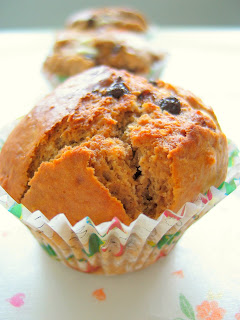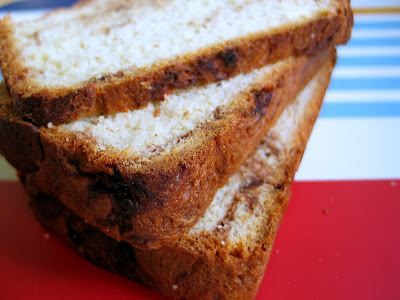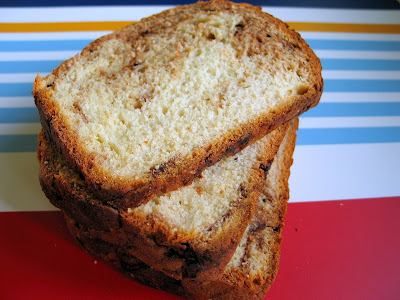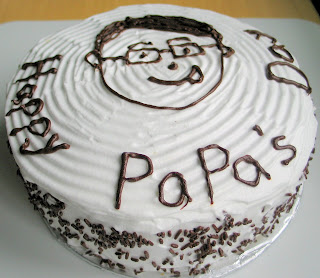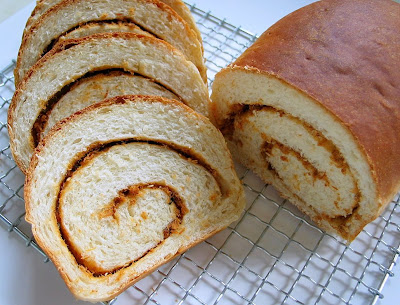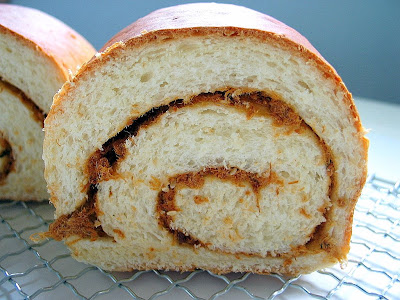
Since the start of the week, I have been involved in some "odd jobs" and will still be busy right till next week, I could hardly find time to do any baking :(
This is a super simple, fuss-free, one-pot dish which I have improvised over the past 1.5 years. It is one of the first few simple meals which I could handle ever since I became the full-time COO of my house (aka housewife) ;)
This is so simple, even the taste is so simple (nothing fabulous) that I didn't even thought of posting it. Whenever I am short of time, or, pure lazy, I will make this dish.
All you need to do is to marinate the chicken pieces (I used half a chicken) beforehand with some seasonings such as: black soya sauce, salt, pepper, sesame seed oil and a few slices of ginger. The chicken will taste better if you can marinate it overnight.
Just before you are ready to cook the dish, cut mushrooms such as fresh button mushrooms, dried or fresh shiitake mushrooms into slices, wash the rice and place everything (rice, mushrooms, marinated chicken) into the rice cooker pot. Add in the amount of water required to cook the rice (eg 2 cups rice will need 2 cups of water). Stir the ingredients to mix well. Cook using the rice cooker. Give it a stir in between the cooking cycle. Once the cooking cycle is completed, fluff the rice a little and the dish is ready to be served!
I am not able to provide details on how much salt, soya sauce to add...as I usually cook by "feeling"...I simple add the amount which I "think" is right. As a result, sometimes the chicken rice could be more saltish while other times the taste was just right! Occasionally the rice could be a little too hard as I didn't add enough water. Since my dear ones are not picky eaters, so far they have not made any complaints. hehe!
I used to stir-fry the chicken and mushrooms a little before I cook them in the rice cooker. Ever since I tried putting everything raw into the rice cooker to cook, I have omitted this step completely. So, there's really not much cleaning and washing up to be done :)
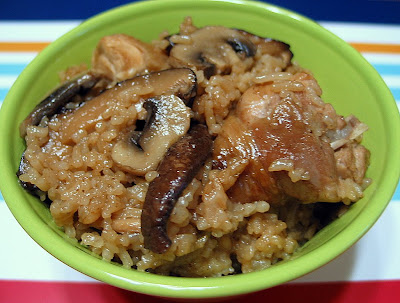
A closed-up of tonight's dinner, the rice appeared oily, but it was not. I took this picture right under a lamp, the reflections made the whole dish looked so oily! As you can see, the rice was a bit too soft and sticky...I must have added too much water, oops!

